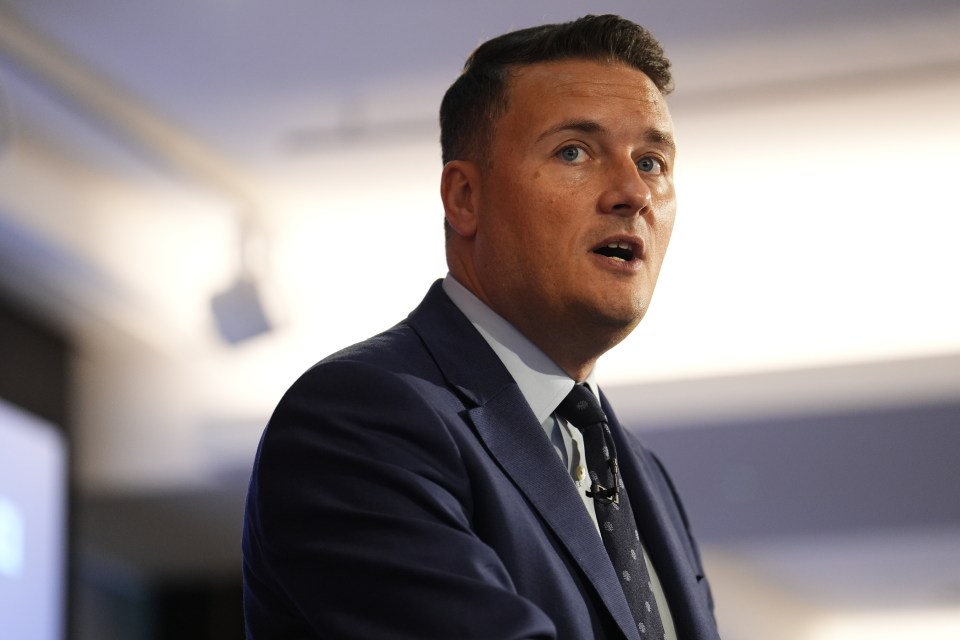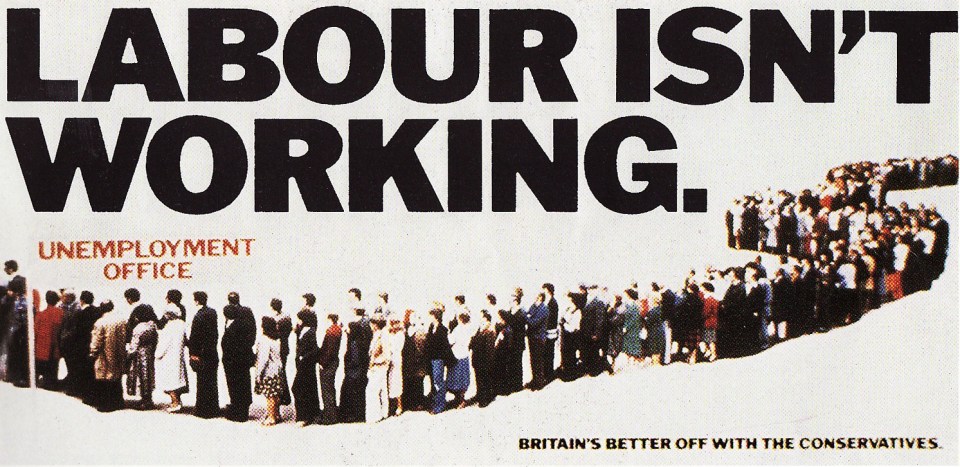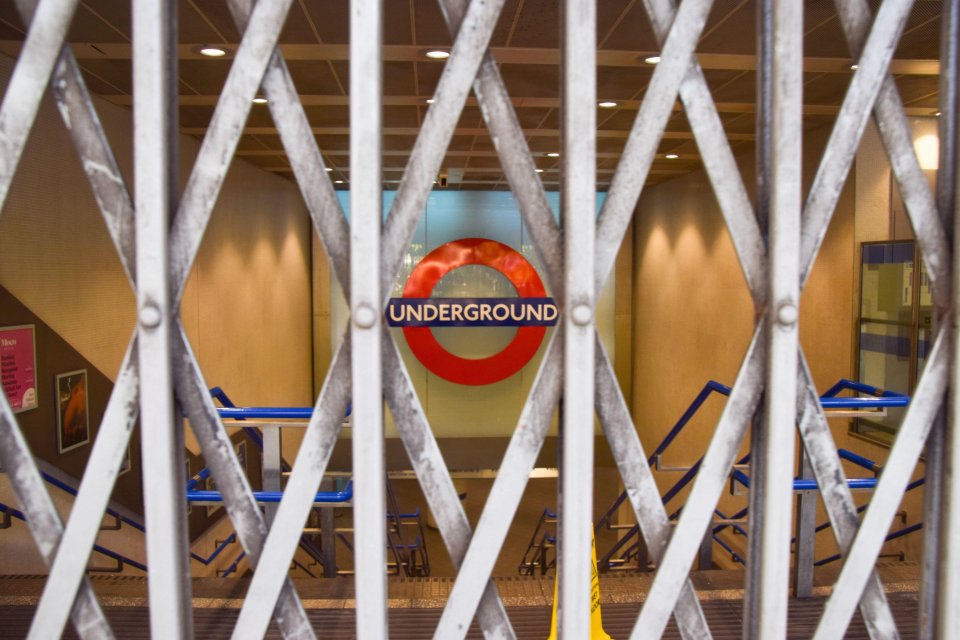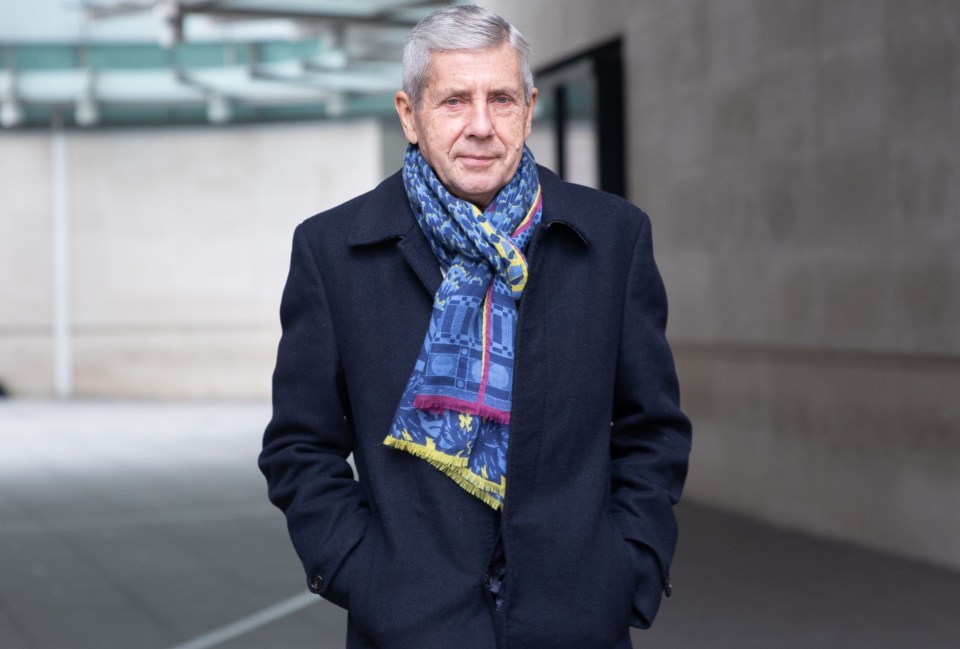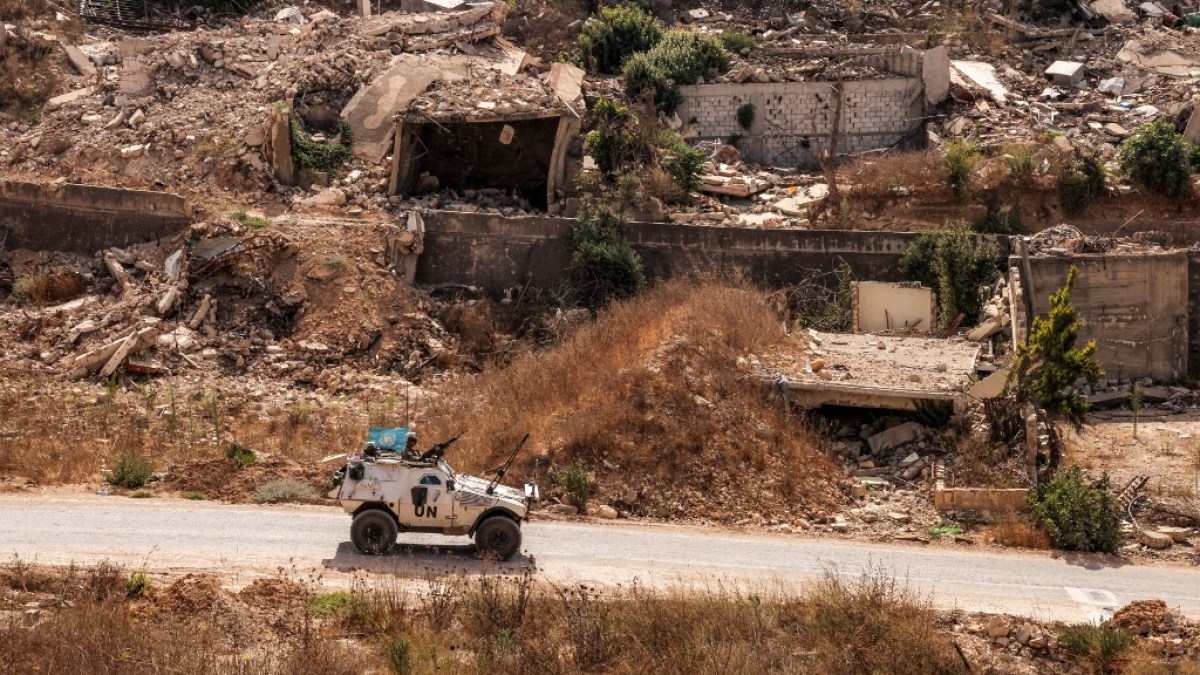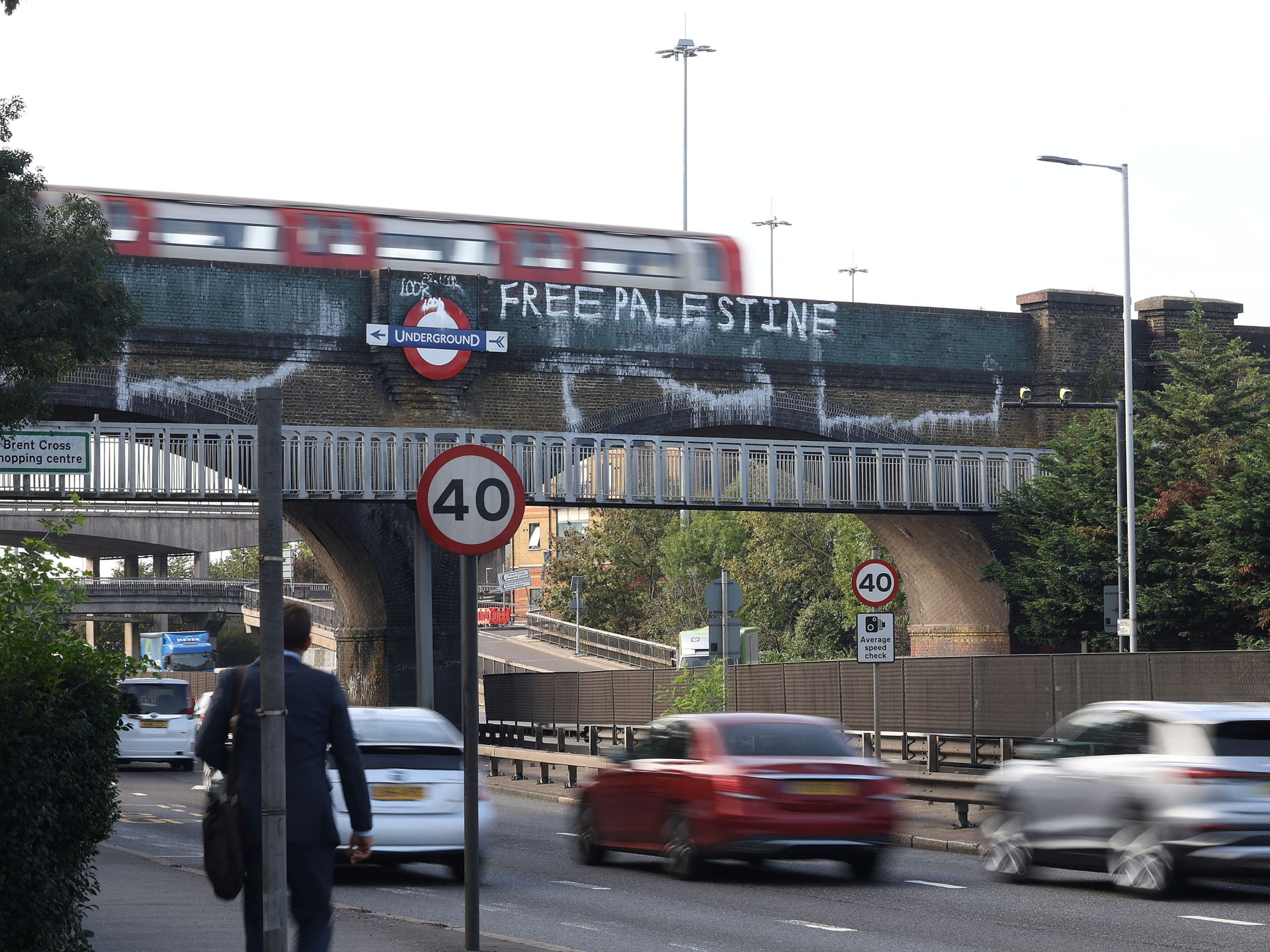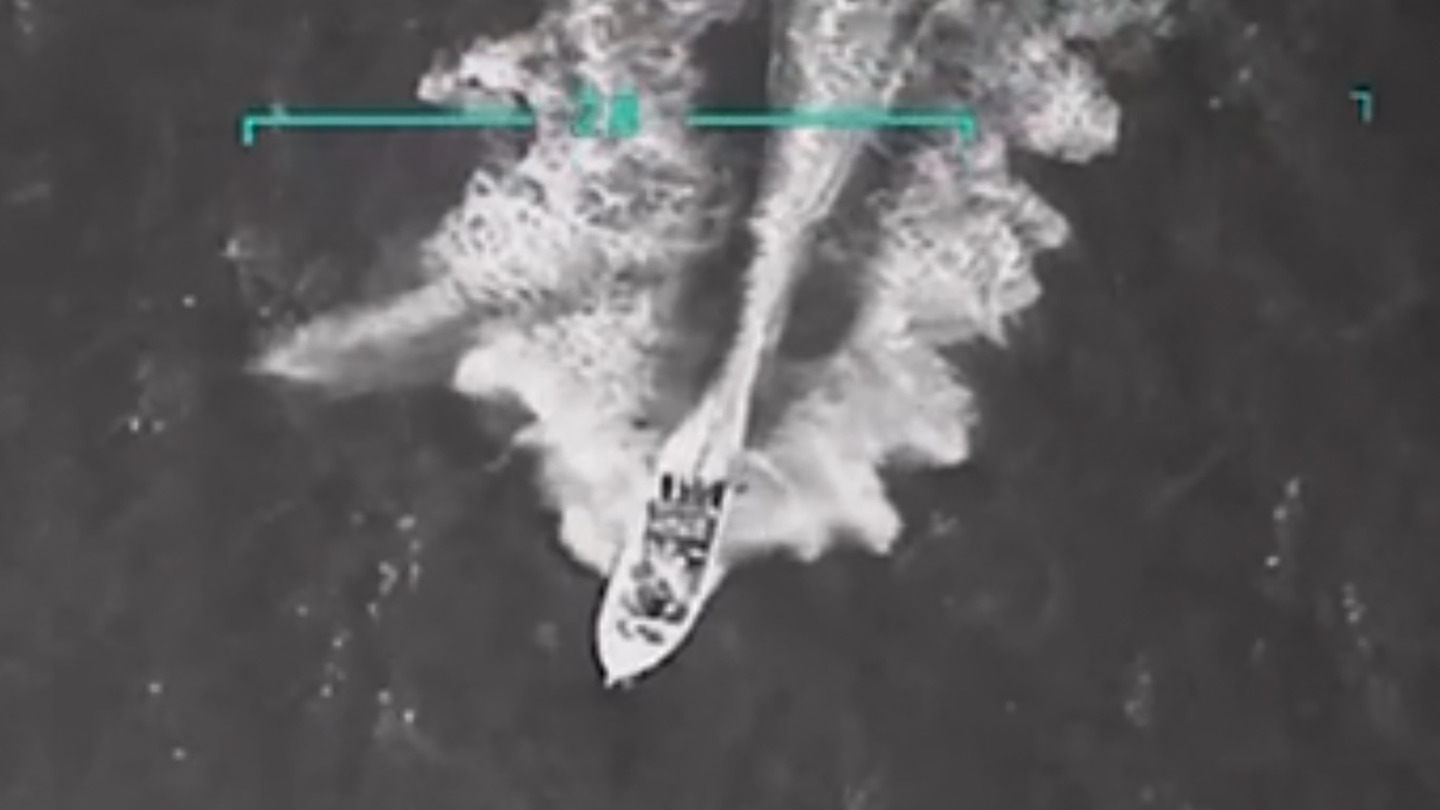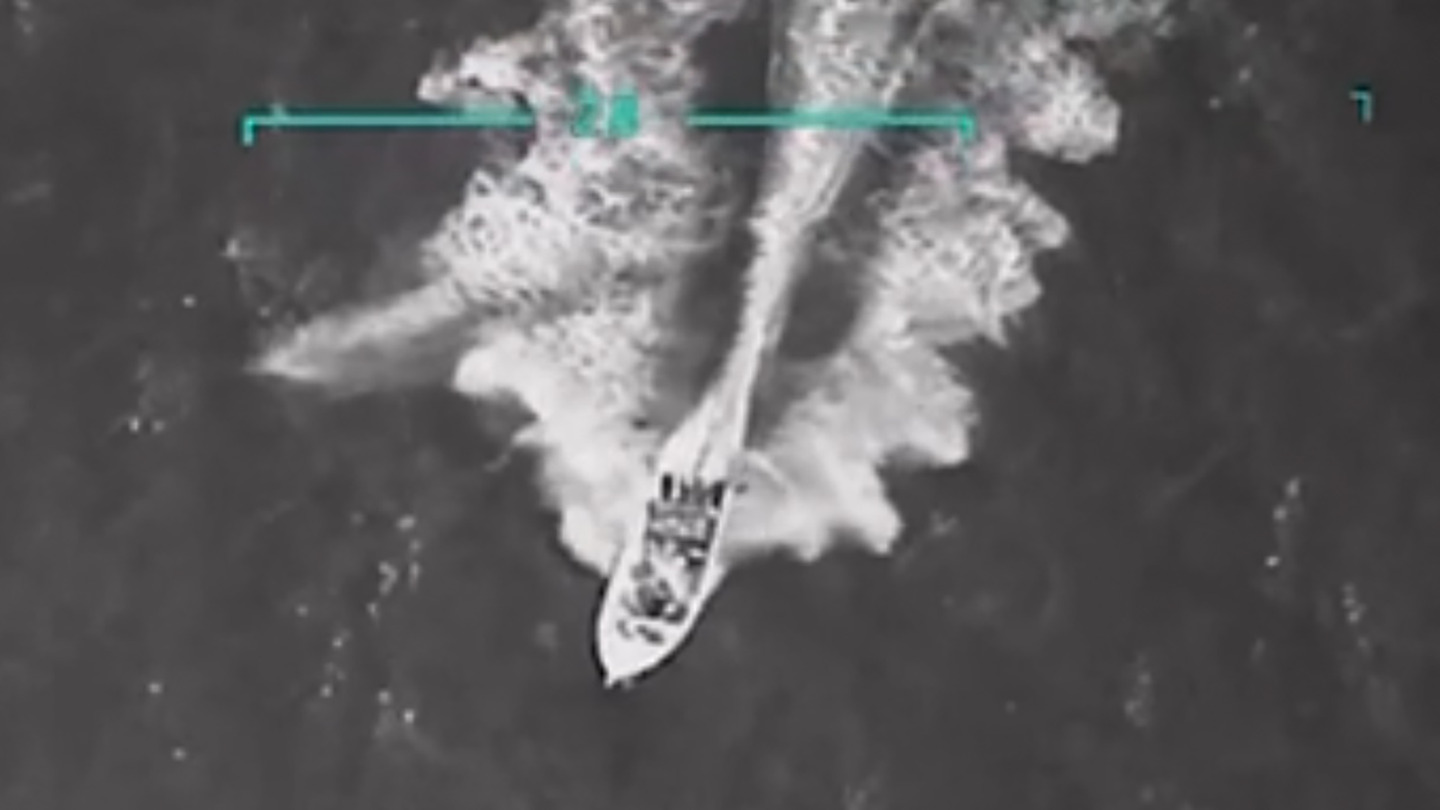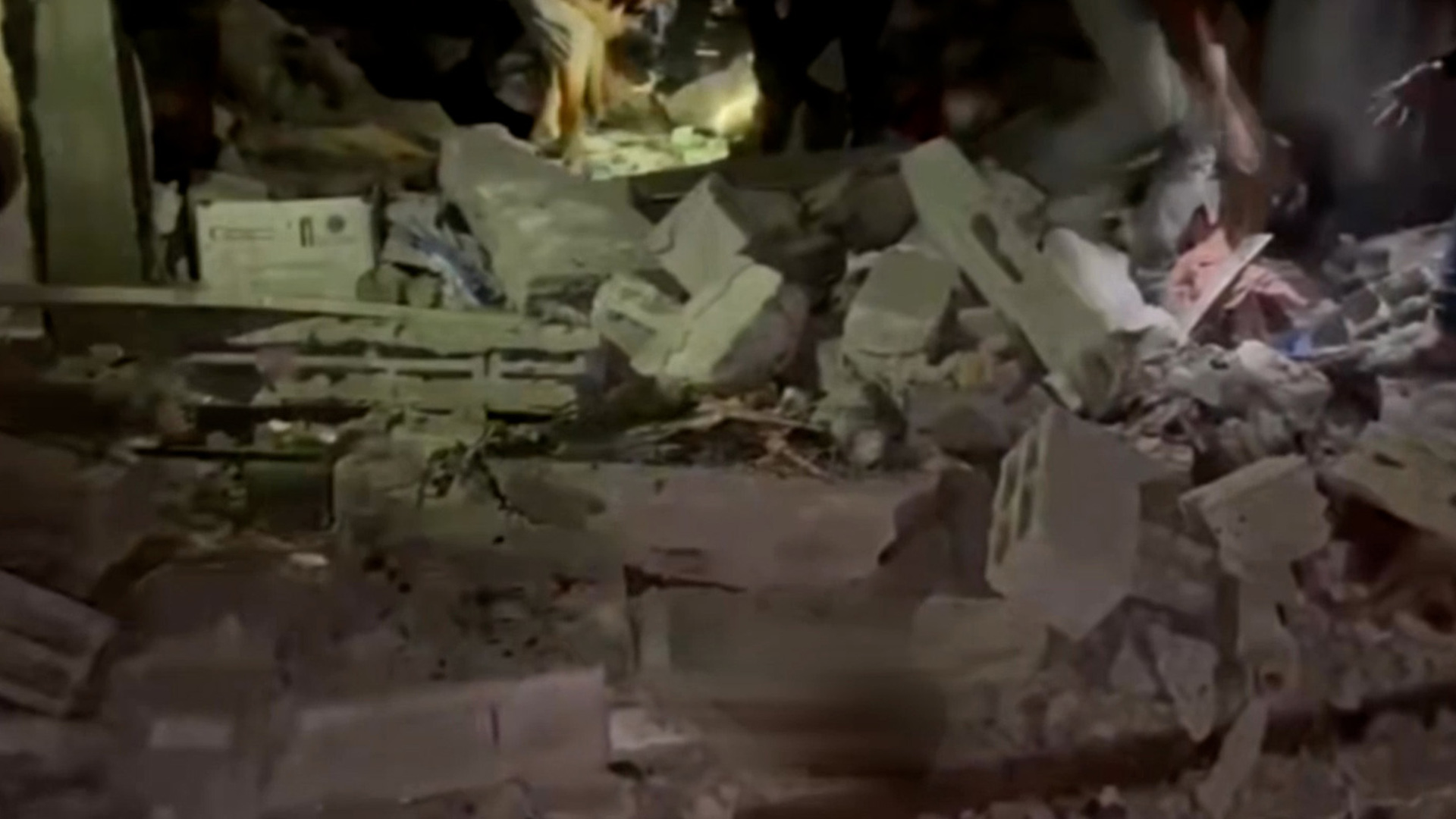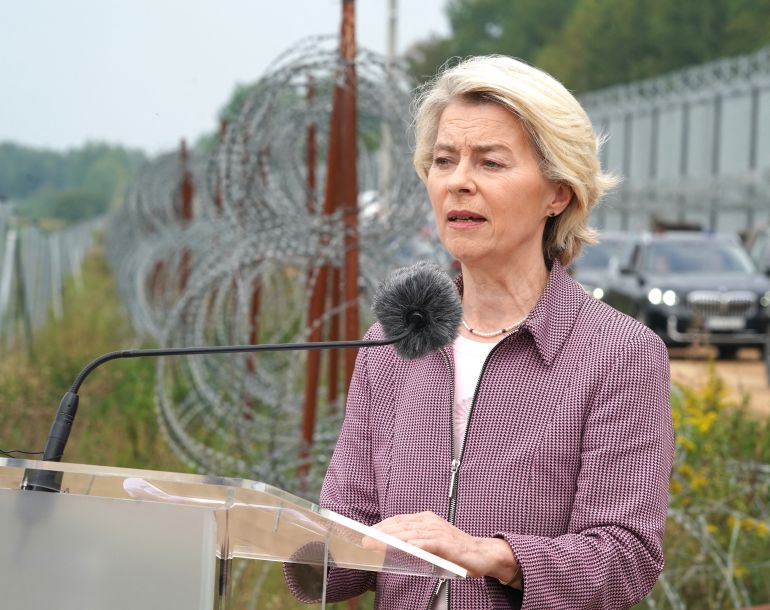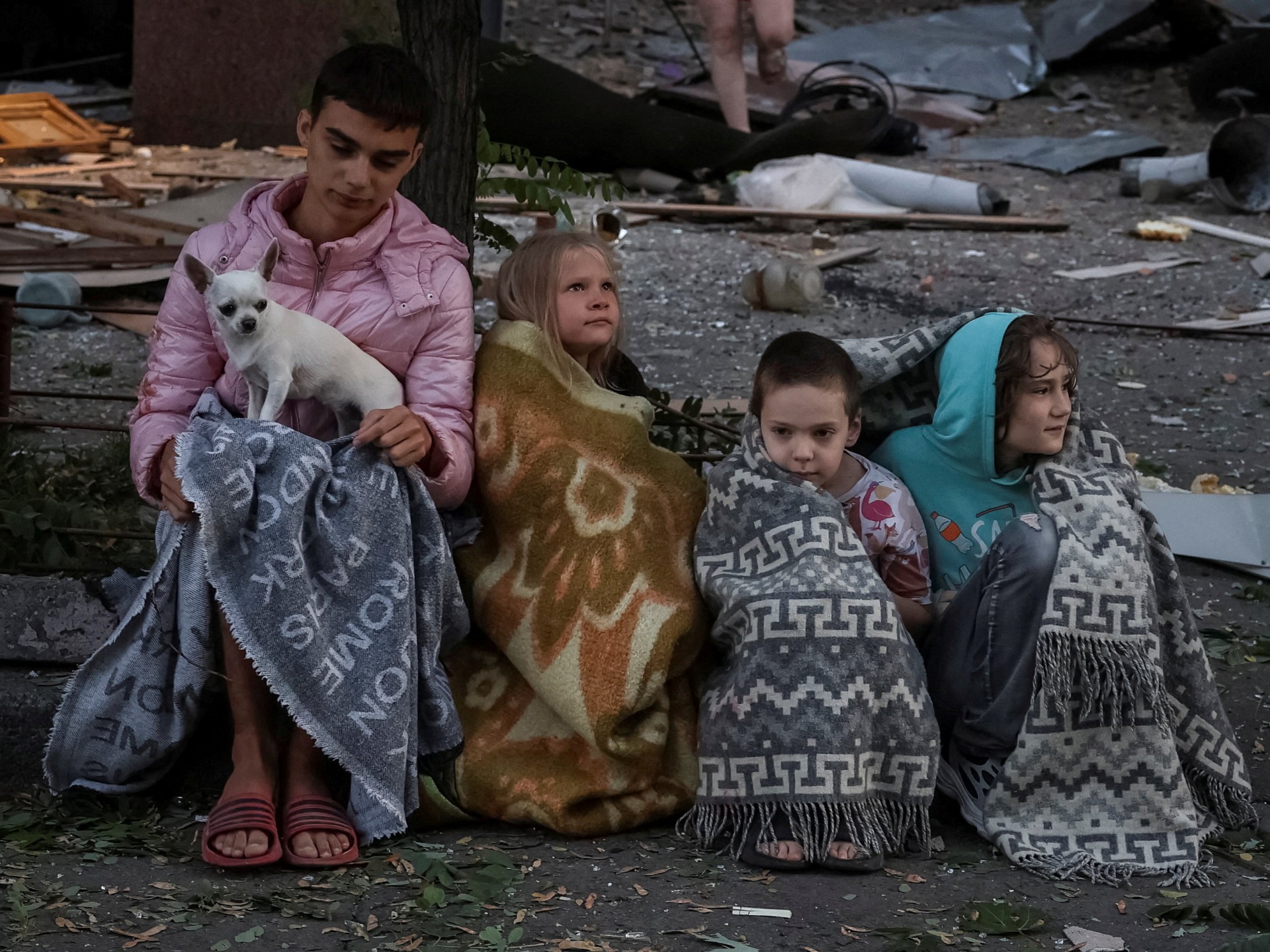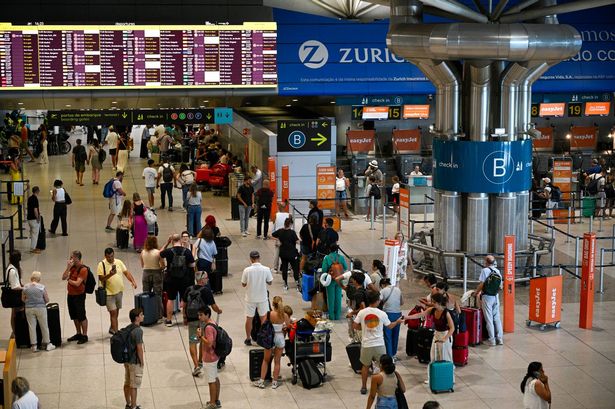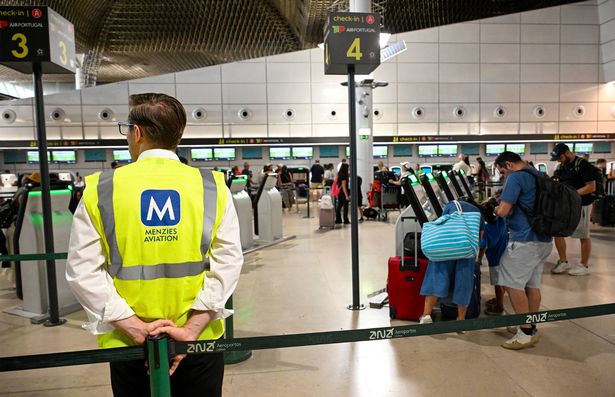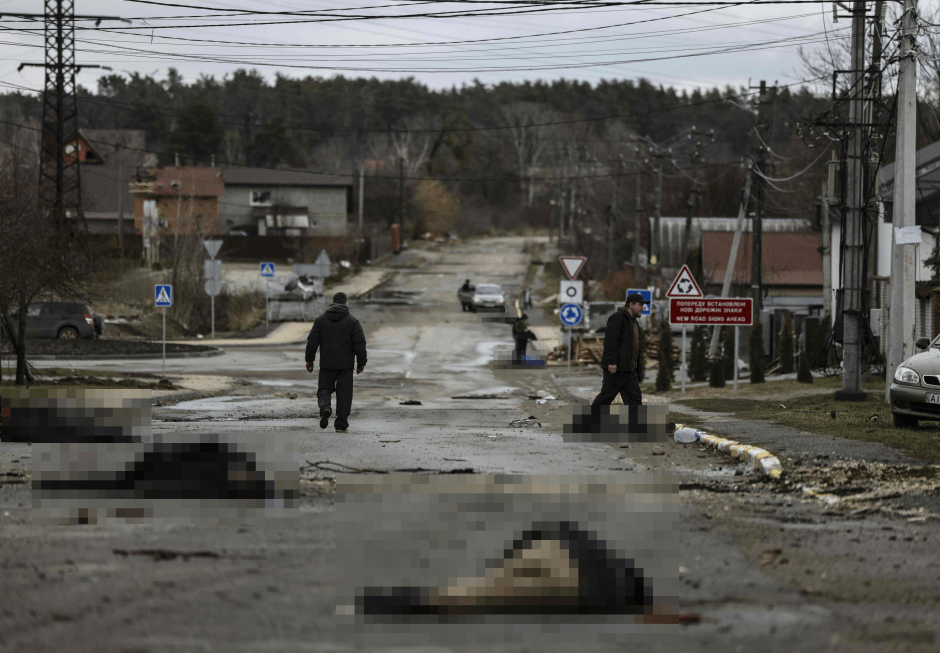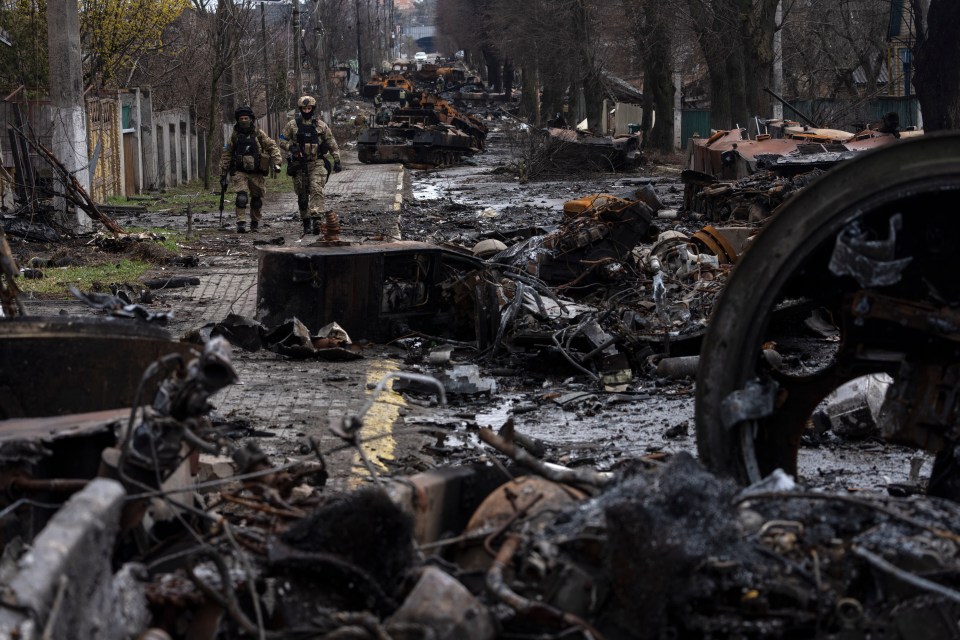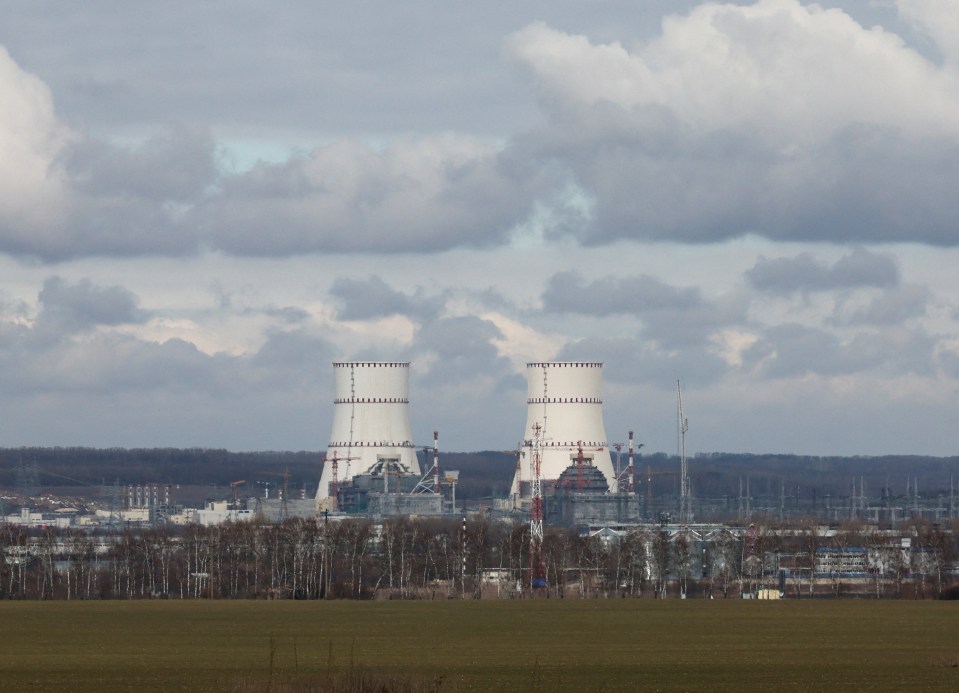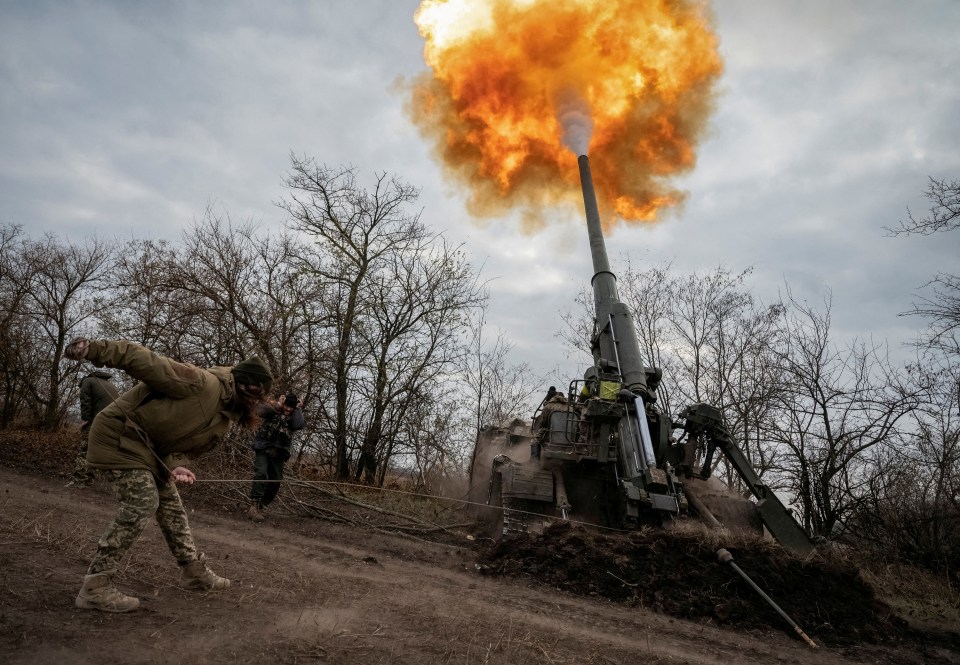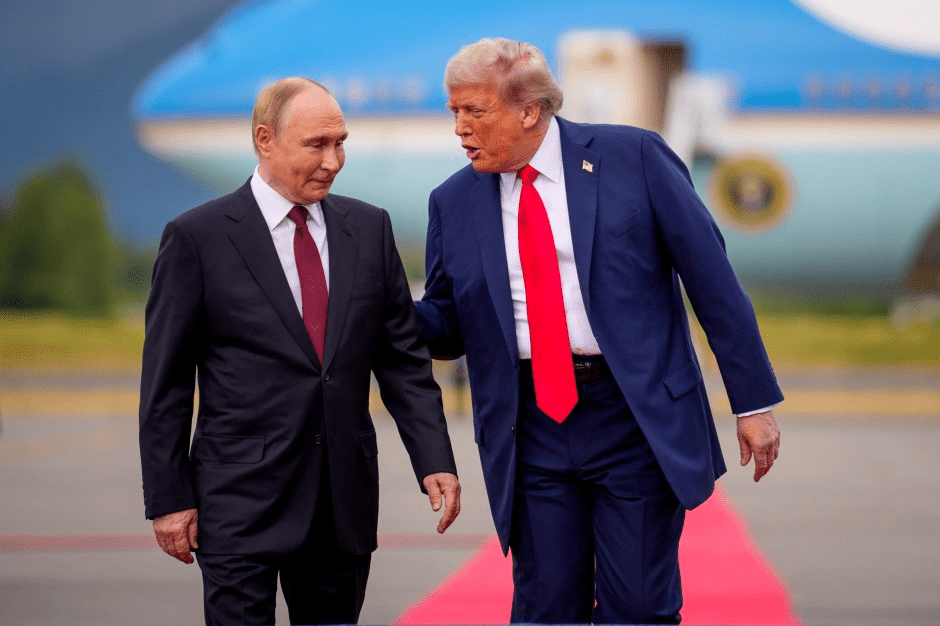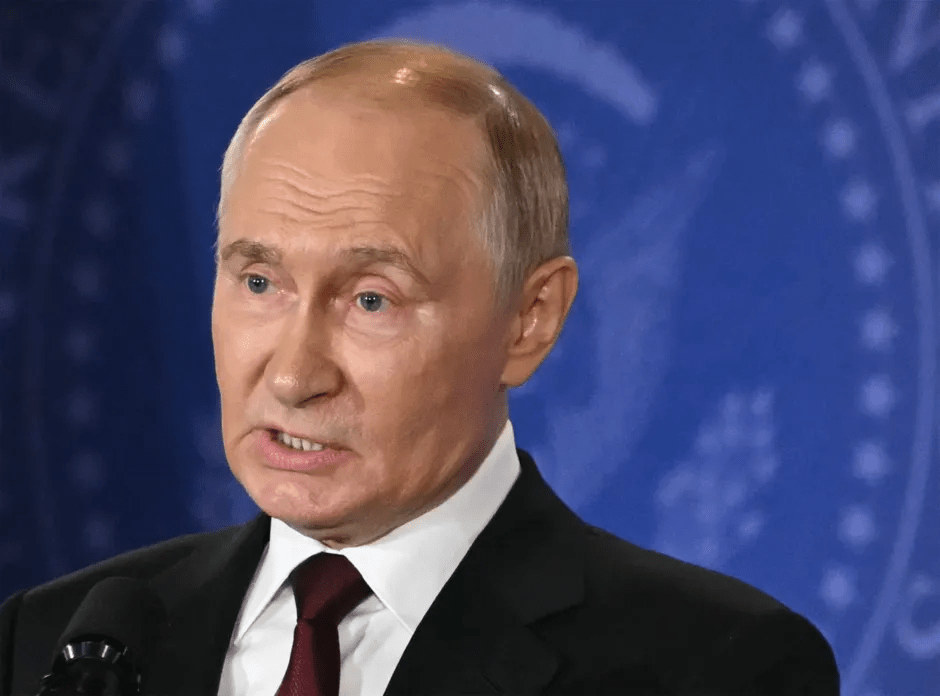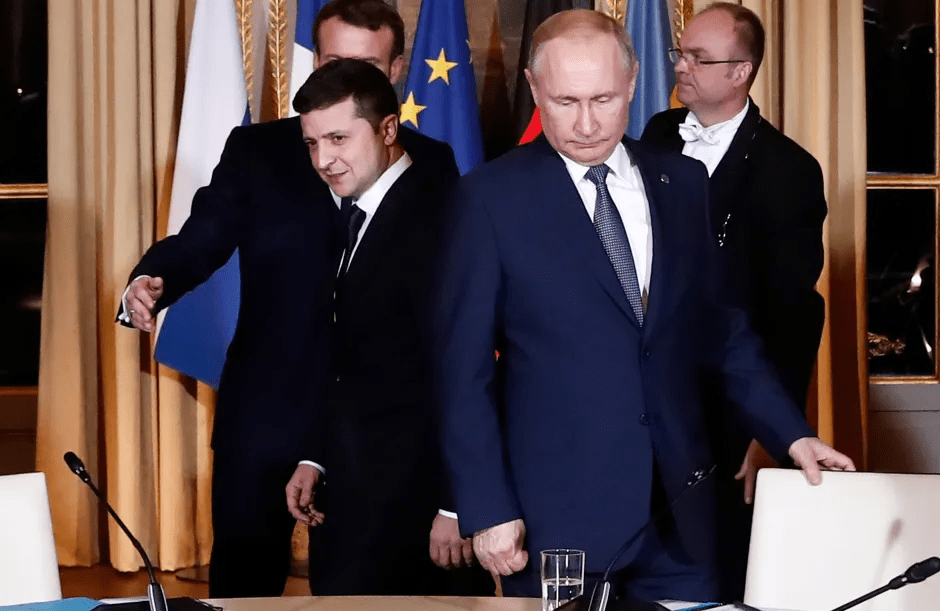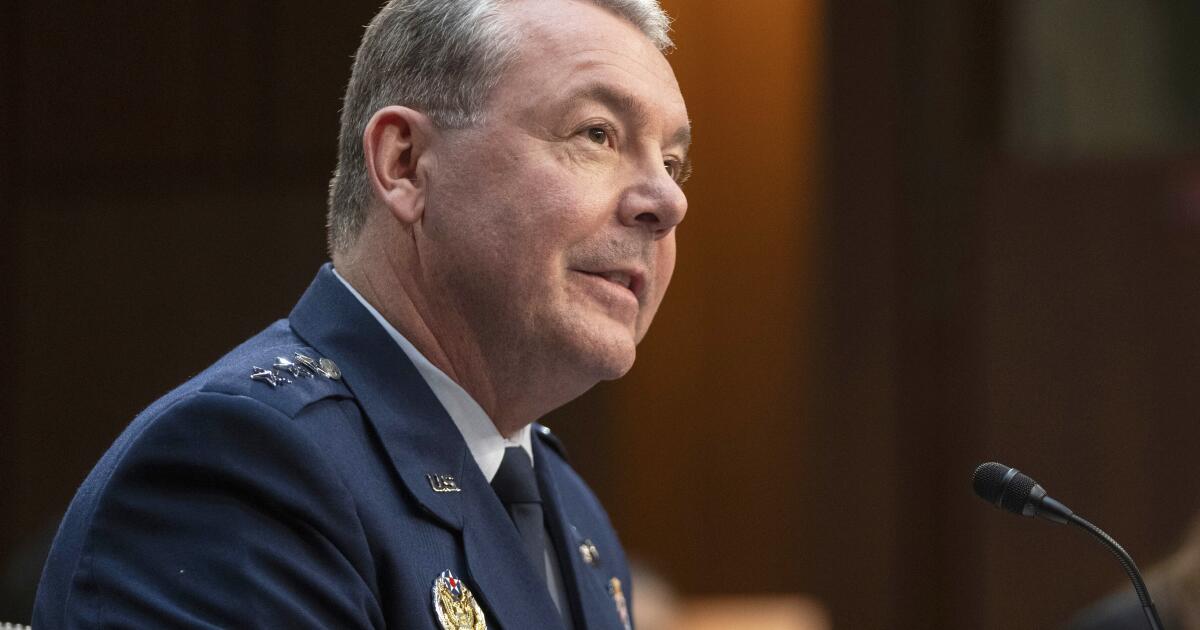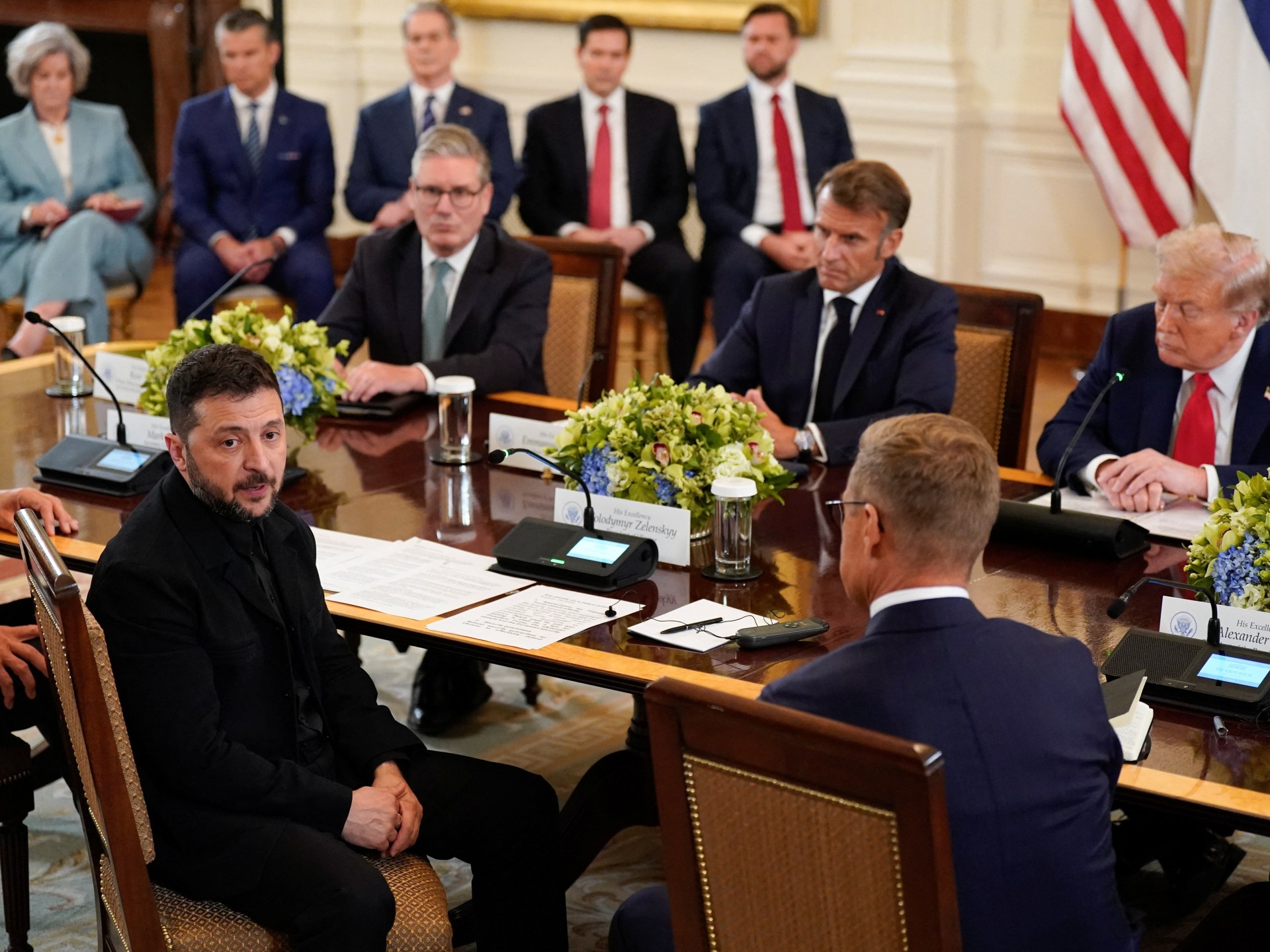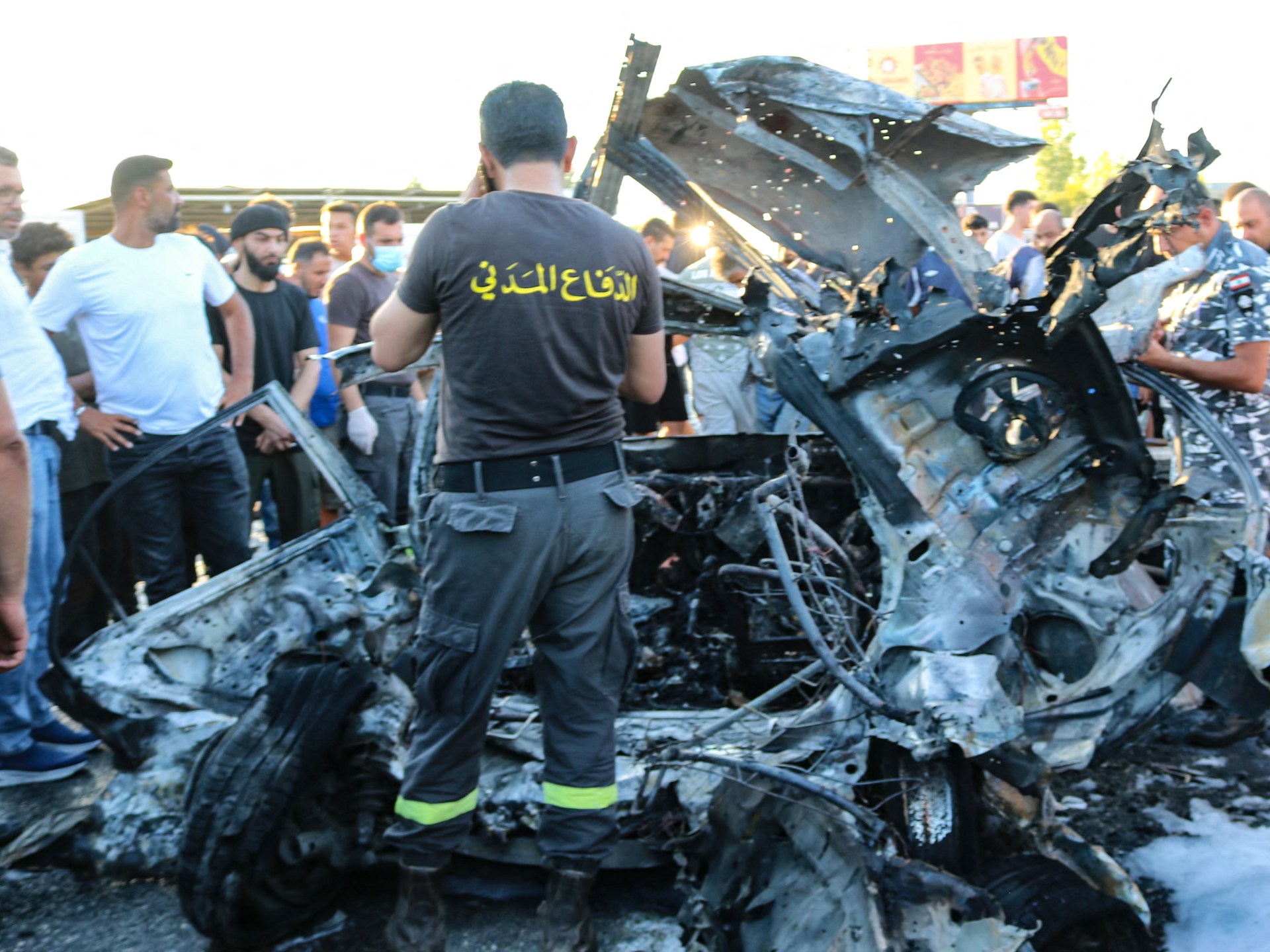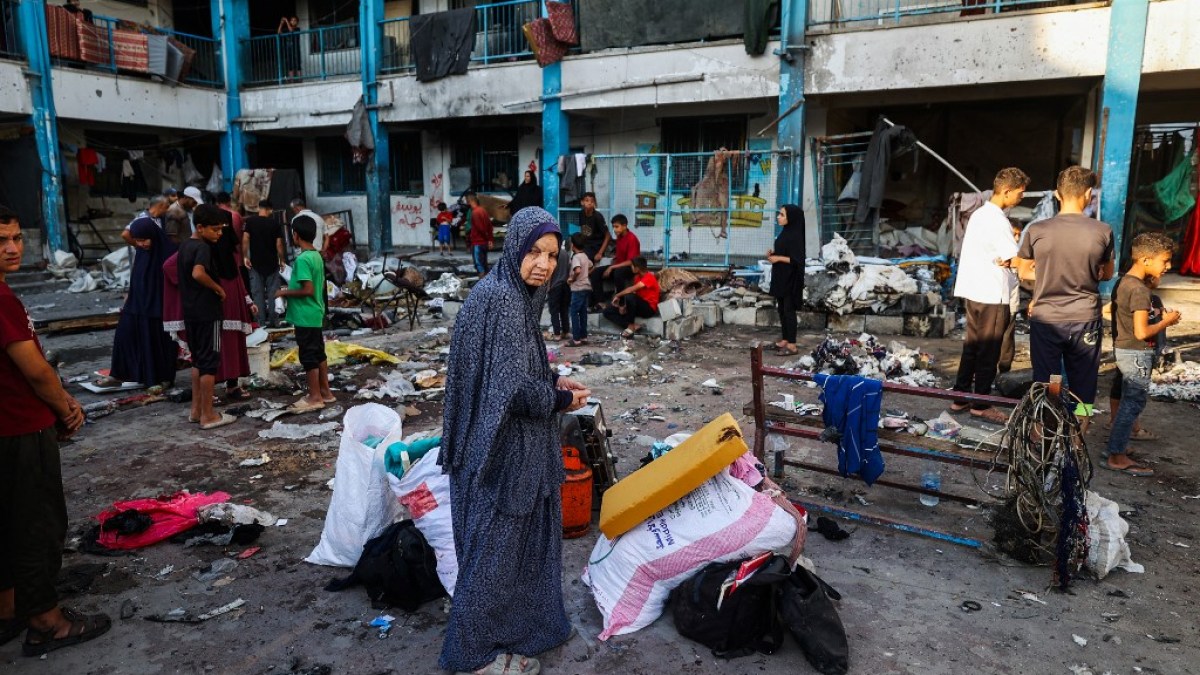As diplomatic efforts to end the grinding war in Ukraine accelerate in Washington, there has been no let-up in the fighting as Russia launched 270 drones and 10 missiles in an overnight attack on the country, the Ukrainian air force said.
Ukraine’s Energy Ministry said Russia had targeted energy facilities in the central Poltava region, home to Ukraine’s only oil refinery, causing big fires on Tuesday.
The attack was the largest this month, and came a day after United States President Donald Trump hosted Ukrainian President Volodymyr Zelenskyy and European leaders at the White House for talks on his peace efforts.
Russia and Ukraine also said they swapped more bodies of their fallen soldiers on Tuesday as part of deals reached during peace talks in Istanbul earlier this year.
“Today, we handed over 1,000 bodies of Ukrainian Armed Forces soldiers to the Ukrainian side. They gave us 19,” Russian presidential aide Vladimir Medinsky, who led Russia’s delegation during the three rounds of talks facilitated by Türkiye, said on Telegram.
Ukraine’s Coordination Headquarters for the Treatment of Prisoners of War confirmed receiving the bodies of 1,000 of its servicemen, expressing gratitude to the International Committee of the Red Cross for assisting in the swap.
Moscow and Kyiv conducted three rounds of renewed peace talks in Istanbul – on May 16, June 2, and July 23 – which produced major prisoner swaps, but little else besides draft memorandums outlining positions of both sides, that the other wouldn’t accept, for a potential peace deal
Peace efforts reached an advanced stage after last week’s summit between Trump and his Russian counterpart Vladimir Putin in Alaska, and then a follow-up between Trump, Ukrainian President Volodymyr Zelenskyy and European leaders in Washington on Monday.
Major sticking points of the peace talks are said to be potential land swaps and security guarantees for Ukraine.
Ukraine and its European supporters have repeatedly called for a ceasefire while peace talks are held.
Putin has balked at that prospect. With his forces inching forward in Ukraine, he has little incentive to freeze their movement.
Ahead of his meeting with the Russian leader last week, Trump threatened Russia with “severe consequences” if it didn’t accept a ceasefire. Afterward, he dropped that demand and said it was best to focus on a comprehensive peace deal – as Putin has pushed for.
Security guarantees?
To agree to a peace deal with Russia, Ukraine wants assurances that it can deter any future attacks by the Kremlin’s forces. That means, Zelenskyy says, a strong Ukrainian army that is provided with weapons and training by Western partners.
It could potentially also mean offering Ukraine a guarantee resembling NATO’s collective defence mandate Article 5, which stipuilates an attack on one member of the alliance as an attack on all. How that would work is not clear.
Additionally, Kyiv’s European allies are looking to set up a force that could backstop any peace agreement in Ukraine. A “Coalition of the Willing”, 30 countries, including European nations, Japan and Australia, have signed up to support the initiative, although the role that the US might play in such a force is still to be determined.
European leaders, fearing Moscow’s territorial ambitions won’t stop in Ukraine, are keen to lock America’s military might into the plan.
Trump said he’ll help provide protection but stopped short of committing American boots on the ground to the effort, instead promising US “coordination”.
Russia has repeatedly rejected the idea of such a force, saying that it will not accept NATO troops in Ukraine.
British Prime Minister Keir Starmer and French President Emmanuel Macron co-chaired an online meeting Tuesday of the coalition countries. Once officials have discussed proposals in more detail, NATO Secretary-General Mark Rutte said, a virtual meeting will take place with Trump and European leaders.
Zelenskyy and European leaders said that Putin has demanded that Ukraine give up the Donbas, an industrial region in eastern Ukraine comprising Donetsk and Luhansk, that has seen some of the most intense fighting but that Russian forces have failed to capture completely.
Moscow’s forces also occupy Crimea as well as parts of six other regions it annexed– all adding up to about one-fifth of Ukraine. The international community broadly rejects Russian presence in these areas.
Anna Mateveya, a visiting research fellow at Kings College London, says a breakthrough in offering security guarantees to Ukraine is essential to pave the way for territorial swaps.
“Security guarantees was a way to give something to the Europeans … so that they have some kind of meat to chew while Trump is making some real progress with Zelenskyy and Putin on a separate track,” Mateveya told Al Jazeera.
“Putin, apparently, has agreed on some Western security guarantees, and I think that is a breakthrough,” she added.
Meanwhile, Trump said on Tuesday he hoped Putin would move forward on ending the war in Ukraine but conceded that the Kremlin leader may not want to make a deal at all, adding this would create a “rough situation” for Putin.
In an interview with the Fox News “Fox & Friends” programme, Trump said of Putin’s course of action: “We’re going to find out about President Putin in the next couple of weeks … It’s possible that he doesn’t want to make a deal,” said Trump.
Russia has made no explicit commitment to a meeting between Putin and Zelenskyy, something Trump projected at the talks on Monday. Foreign Minister Sergei Lavrov said on Tuesday that Moscow did not reject any formats for discussing the peace process in Ukraine but any meeting of national leaders “must be prepared with utmost thoroughness”.
Al Jazeera’s Osama Bin Javid, reporting from Moscow, also said that Russia has not ruled out the possibility of a “bilateral or trilateral meeting”, something that was discussed with European leaders and Zelenskyy.
Moscow said the White House is “sincere in its efforts”, Bin Javid said. “It appears … everybody does not want to anger the Trump White House, they all want to play along,” he added.


